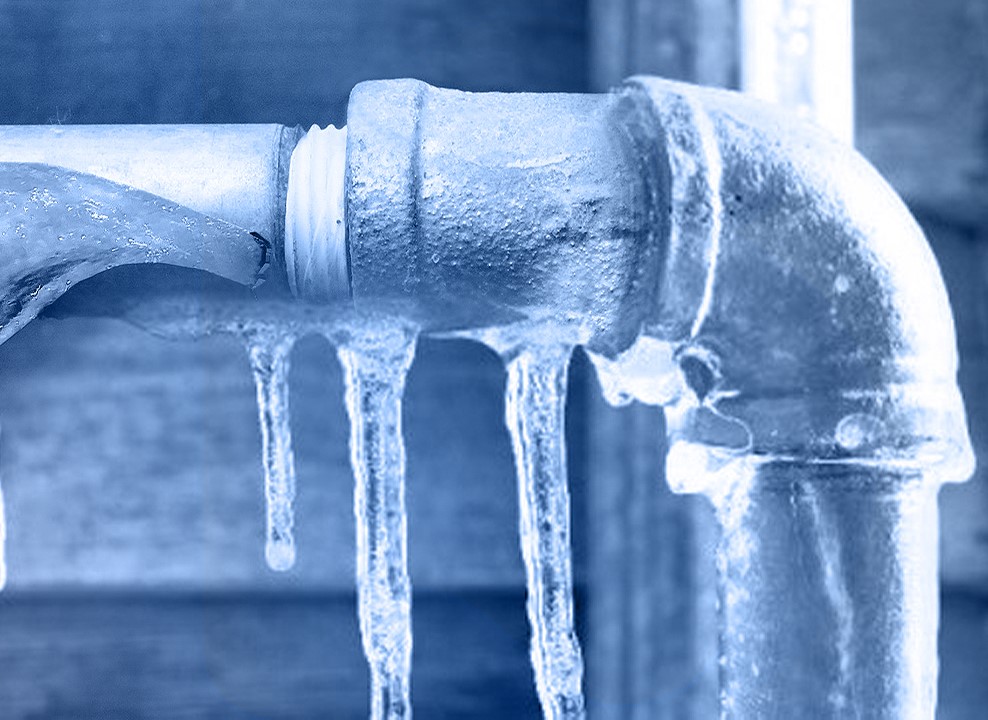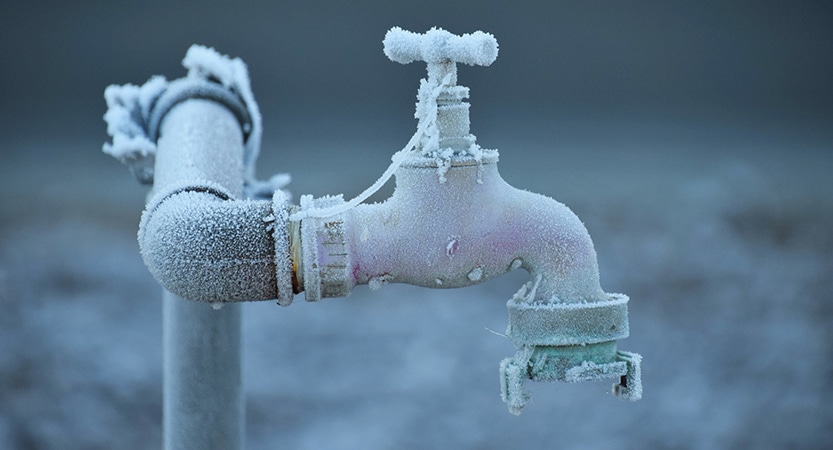Critical Approaches for Preventing Frozen Pipes in Winter
Critical Approaches for Preventing Frozen Pipes in Winter
Blog Article
This great article in the next paragraphs about Prevent Frozen Pipes is without a doubt captivating. You should check it out.

Winter can wreak havoc on your plumbing, specifically by freezing pipelines. Here's how to stop it from taking place and what to do if it does.
Introduction
As temperatures drop, the risk of icy pipelines boosts, potentially leading to expensive fixings and water damage. Recognizing how to avoid frozen pipelines is crucial for homeowners in cool environments.
Avoidance Tips
Insulating vulnerable pipelines
Cover pipes in insulation sleeves or make use of warm tape to safeguard them from freezing temperatures. Concentrate on pipes in unheated or external areas of the home.
Home heating techniques
Maintain interior rooms effectively heated, specifically areas with plumbing. Open up cabinet doors to permit warm air to distribute around pipelines under sinks.
How to determine icy pipes
Search for decreased water circulation from taps, uncommon smells or noises from pipelines, and visible frost on subjected pipelines.
Long-Term Solutions
Structural adjustments
Think about rerouting pipelines far from outside wall surfaces or unheated locations. Include added insulation to attic rooms, cellars, and crawl spaces.
Updating insulation
Buy top quality insulation for pipes, attics, and walls. Proper insulation aids keep regular temperature levels and minimizes the danger of frozen pipelines.
Securing Outside Plumbing
Garden tubes and outside faucets
Separate and drain pipes garden hose pipes prior to wintertime. Set up frost-proof faucets or cover outdoor taps with protected caps.
Comprehending Icy Pipelines
What creates pipes to freeze?
Pipes freeze when subjected to temperature levels below 32 ° F (0 ° C) for extended periods. As water inside the pipelines ices up, it increases, taxing the pipeline wall surfaces and possibly triggering them to rupture.
Risks and damages
Icy pipelines can cause water interruptions, building damages, and costly repair work. Burst pipes can flood homes and trigger substantial architectural damage.
Indicators of Frozen Pipes
Determining frozen pipelines early can avoid them from rupturing.
What to Do If Your Pipes Freeze
Immediate activities to take
If you think icy pipes, maintain taps open to eliminate pressure as the ice thaws. Use a hairdryer or towels taken in hot water to thaw pipes gradually.
Conclusion
Stopping frozen pipes needs aggressive steps and fast feedbacks. By understanding the reasons, indicators, and safety nets, property owners can secure their pipes throughout winter.
6 Proven Ways to Prevent Frozen Pipes and Protect Your Home
Disconnect and Drain Garden Hoses
Before winter arrives, start by disconnecting your garden hoses and draining any remaining water. Close the shut-off valves that supply outdoor hose bibs and leave the outdoor faucet open to allow any residual water to drain. For extra protection, consider using faucet covers throughout the colder months. It’s also important to drain water from any sprinkler supply lines following the manufacturer’s directions.
Insulate Exposed Pipes
Insulating your pipes is an effective way to prevent freezing. Pipe insulation is readily available at home improvement stores and is relatively inexpensive. Pay close attention to pipes in unheated areas such as the attic, basement, crawl spaces, or garage. Apply foam insulation generously to create a buffer against the cold. You can also wrap your pipes in heat tape or thermostat-controlled heat cables for added warmth.
Seal Air Leaks
Inspect your home for any cracks or openings that could let in cold air. Seal any holes around the piping in interior or exterior walls, as well as the sill plates where your home rests on its foundation. Additionally, make sure to keep your garage door closed unless you’re entering or exiting. Leaving it open creates a significant air leak that can lead to frozen pipes.
Allow Warm Air Circulation
During cold snaps, it’s essential to allow warm air to circulate evenly throughout your home. Leave interior doors ajar to promote better airflow. Open kitchen and bathroom cabinets to help distribute heat consistently around the rooms. If you have small children or pets, be sure to remove any household chemicals or potentially harmful cleaners from open cabinets for safety.
Let Faucets Drip
A small trickle of water can make a big difference in preventing ice formation inside your pipes. When temperatures drop significantly, start a drip of water from all faucets served by exposed pipes. This continuous flow helps prevent the water from freezing. Additionally, running a few faucets slightly can relieve pressure inside the pipes, reducing the chances of a rupture if the water inside does freeze.
https://choateshvac.com/6-proven-ways-to-prevent-frozen-pipes-and-protect-your-home/

As a reader on Winter Plumbing Precautions: Preventing Frozen Pipes, I figured sharing that piece of content was worthwhile. Are you aware of somebody else who is intrigued by How to prepare your home plumbing for winter weather? Take a moment to promote it. I treasure your readership.
More Details Report this page